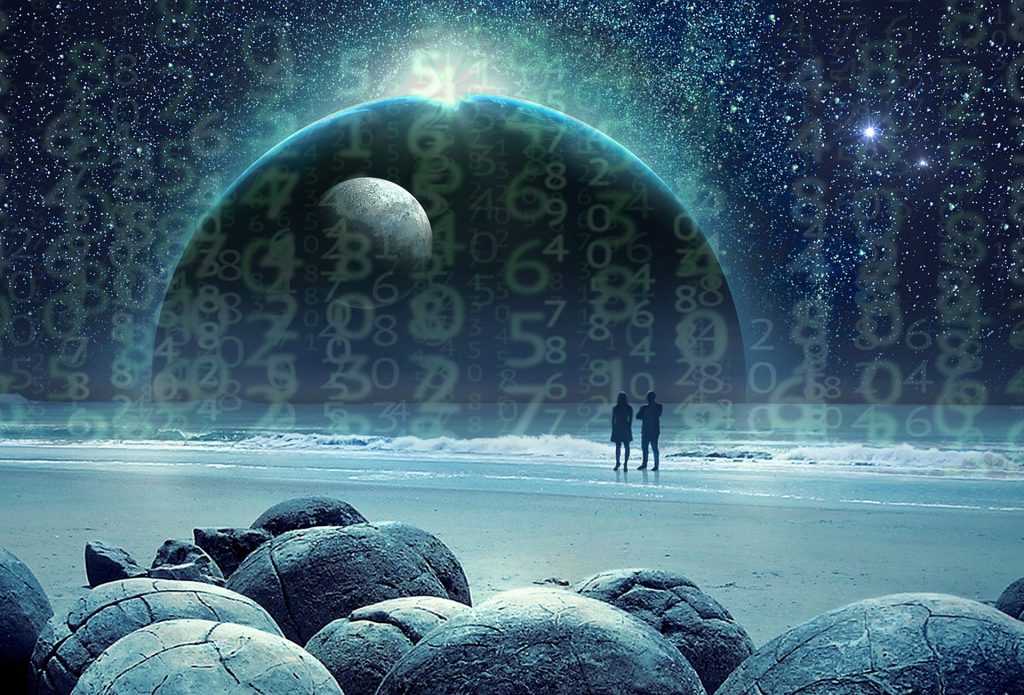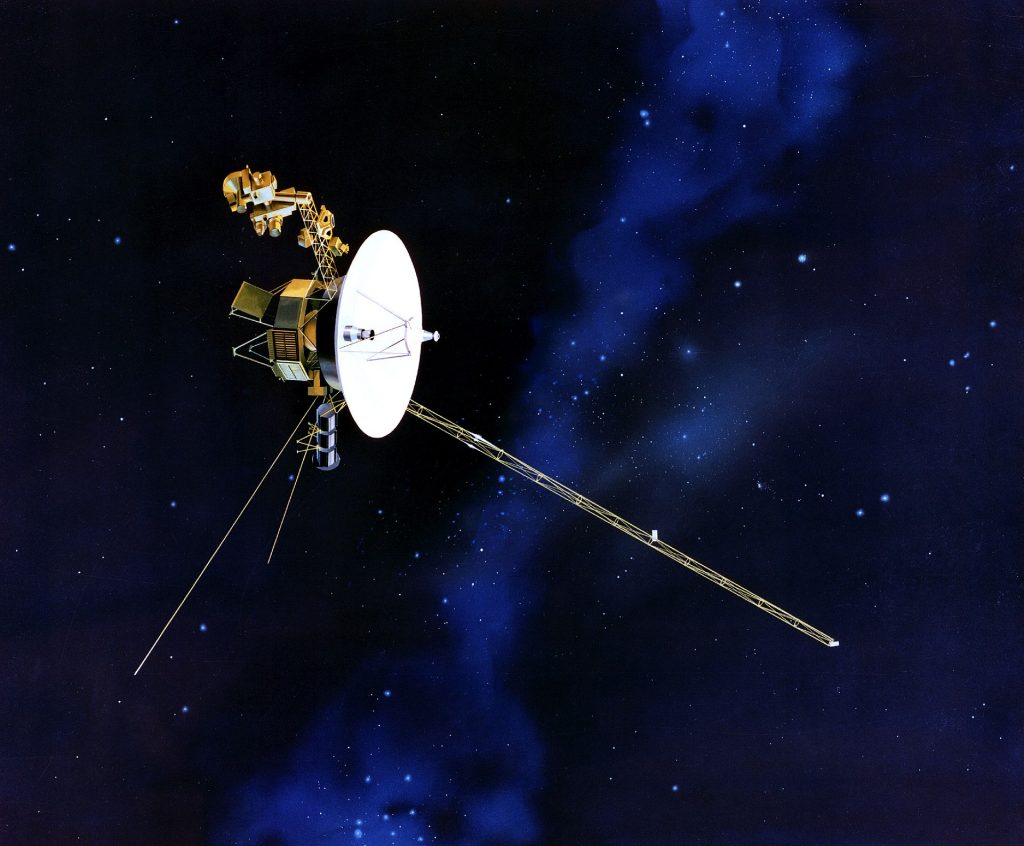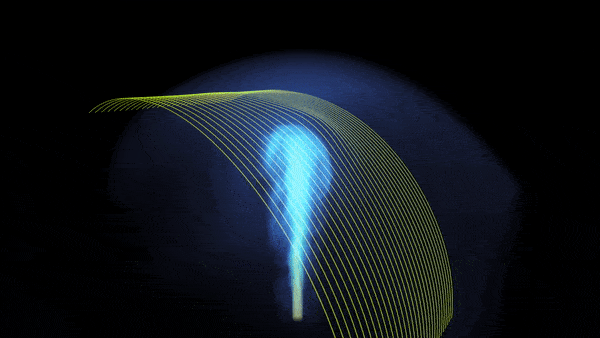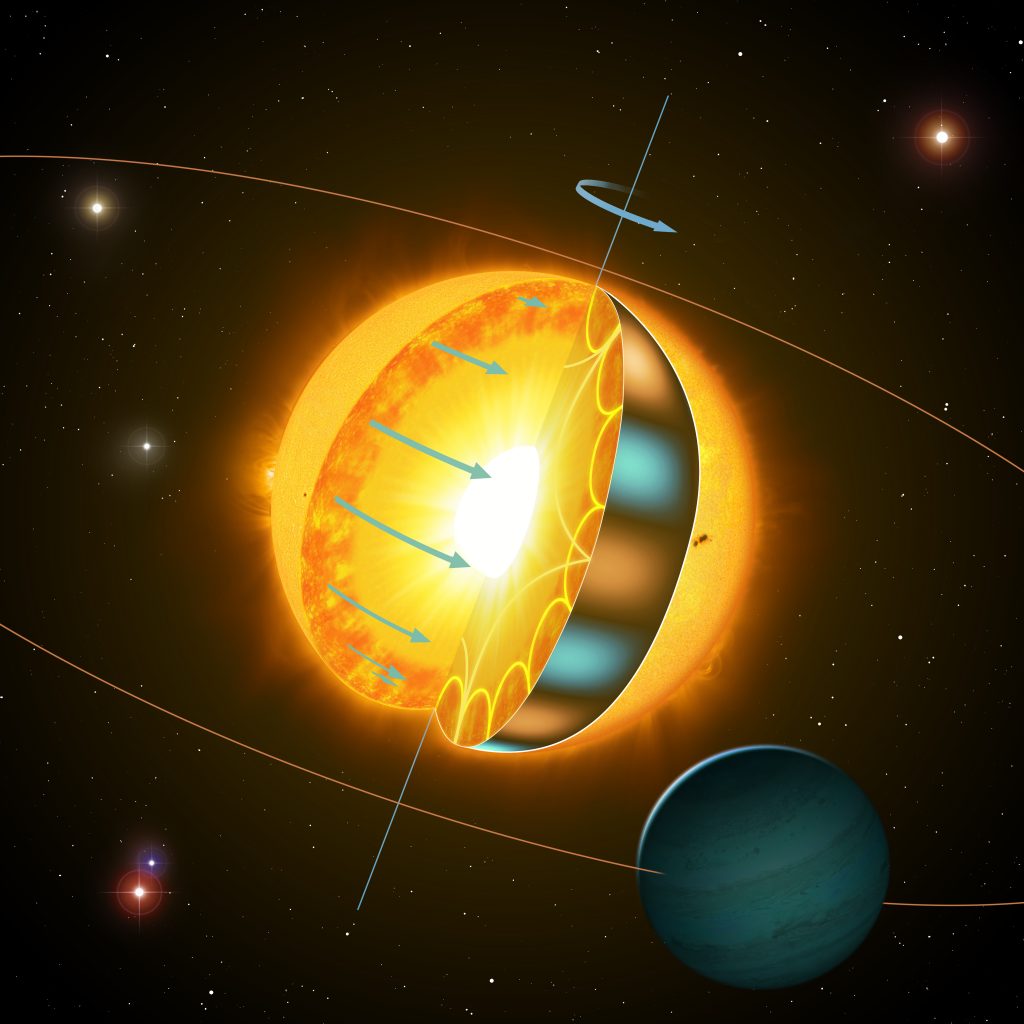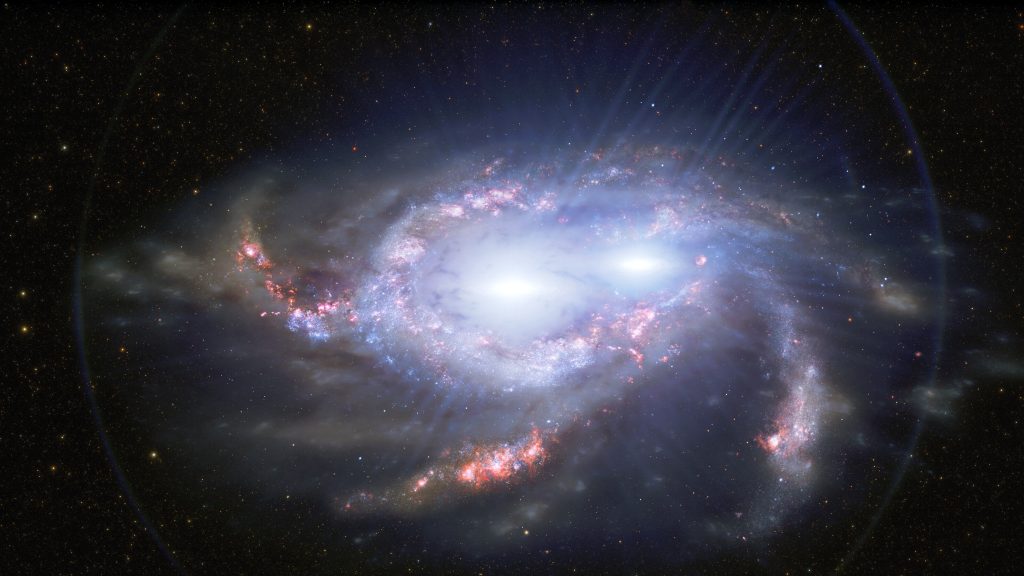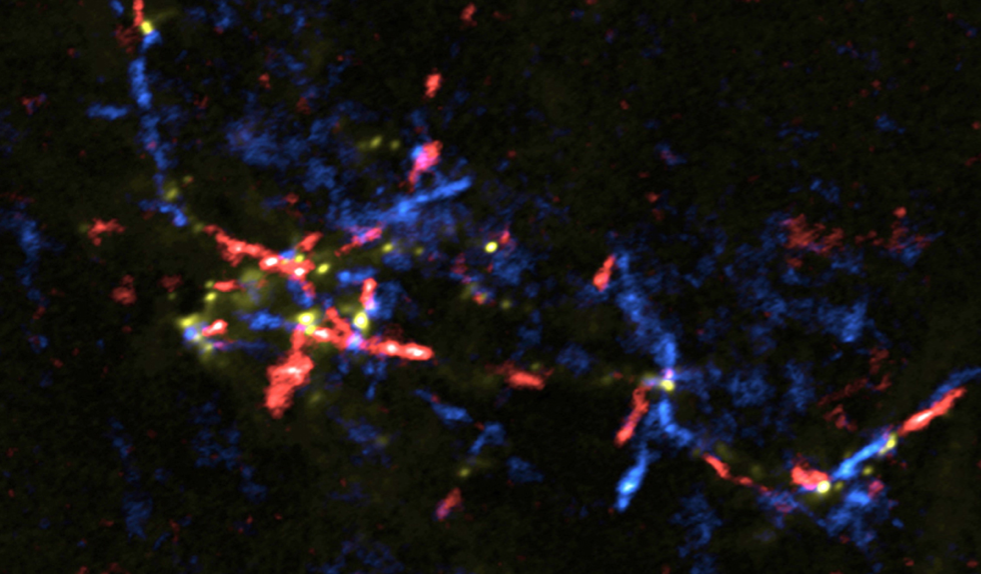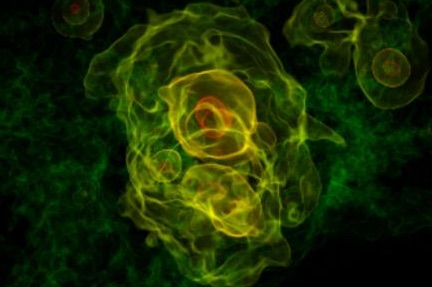What is hard science fiction, anyway?
Brandon Q. Morris writes hard science fiction. But what does that actually mean? I like to explain it this way: What happens in my books could happen in reality. There are no laws of physics that would prevent it. You could also call it "realistic" science fiction, although the fiction remains, of course. In the end, it is a story that I tell. Apart from the degree of hardness (more on that below), hard science fiction also tends to depict the conflict between the hero and the environment (in the form of the universe and its manifold phenomena) instead of…
